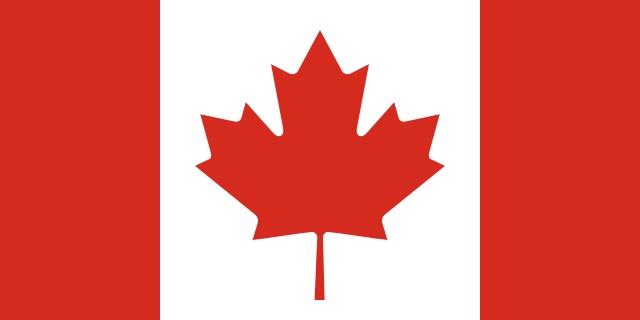
Trump administration’s more restrictive immigration and international student policies key factors.
Indian students have been choosing Canada over the US as the place to study and make their careers even before Trump administration’s recent restrictions on H-1B workers and foreign students, according to a new report.
The number of students from India enrolled in graduate-level computer science and engineering in the US declined by more than 25% between 2016-17 and 2018-19, the PIE News reported citing an analysis by the National Foundation for American Policy (NFAP).
The number of international students enrolled at US universities declined by 4.3%, or 35,740, from 840,160 to 804,420, during the same period, according to NFAP’s analysis of Student and Exchange Visitor Program (SEVIS) data.
And while undergraduate enrollment of international students dropped by 3.5%, graduate enrollment fell by even more (5.2%) between 2016-17 and 2018-19.
“More restrictive immigration and international student policies under the Trump administration and the difficulty of obtaining green cards in the US are key factors,” the analysis explained.
Meanwhile, the number of international students from India studying at Canadian universities rose from 76,075 in 2016 to 172,625 in 2018, an increase of 127%, according to data from the Canadian Bureau for International Education cited by PIE News.
The NFAP analysis noted that the number of Indians admitted as permanent residents to Canada grew 117% between 2016 and 2019.
ALSO READ: Canada leads the way in attracting and assimilating international students (May 13, 2020)
Canada, it pointed out allows for a smooth transition from international student to work after graduation, which in turn creates a path to permanent residence.
By comparison, it explained, the Trump administration has made several attempts to restrict or eliminate Optional Practical Training, which permits international students to work in the US for 12 months or an additional 24 months in a STEM-related job.
Under the Canadian government’s Global Skills Strategy, many applications are approved within a couple of weeks, PIE News said.
However, in the US, the process for H-1B visas can take months and many applications are denied. “Moreover, the annual limit on H-1B visas has been reached for the past 18 fiscal years,” noted NFAP.
For engineering, international student enrollment at the graduate-level at US universities dropped from 96,330 in 2016-17 to 86,070 in 2018-19 – a decline of 10,260 (10.7%).
“The decline was primarily the result of the enrollment of Indian graduate students in engineering falling by 10,870, or 27.5%, between the 2016-17 and 2018-19 academic years,” noted NFAP.
Meanwhile, Forbes citing a new analysis by NFAP said the enrollment of new international students in America could reach its lowest point since the end of World War II due to US consulate closures, travel bans and new restrictions.
“The enrollment of new international students at US universities in the Fall 2020-21 academic year is projected to decline 63% to 98% from the 2018-19 level, with between 6,000 to 12,000 new international students at the low range, and 87,000 to 100,000 at the high range,” it said.
“The decline of as many as 263,000 students from the 2018-19 academic year total of approximately 269,000 new international students would be the lowest level of new international students since after World War II when the numbers started to be tracked,” NFAP said.
The enrollment of new international students was approximately 7,800 in 1948-49, the first year on record, based on an analysis of data from the Institute of International Education, Forbes said.
The last year the level of enrollment of new international students was as low as 100,000 was the 1981-82 academic year.



